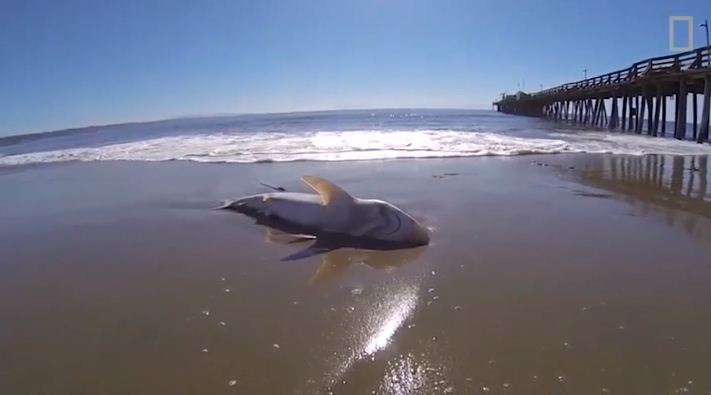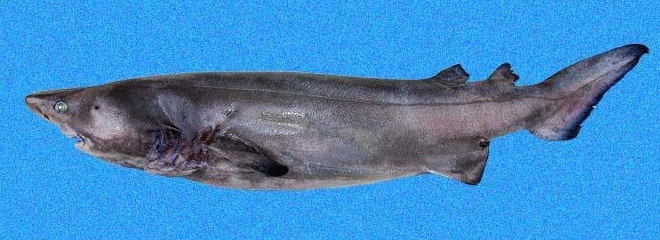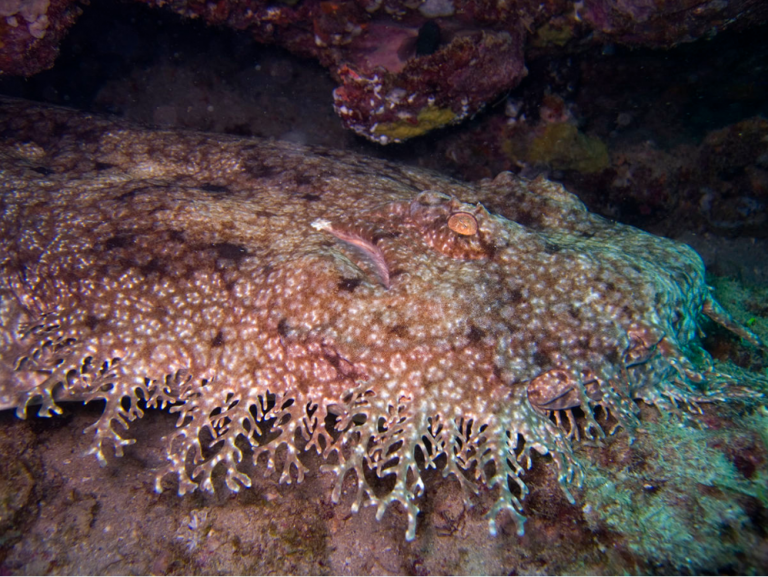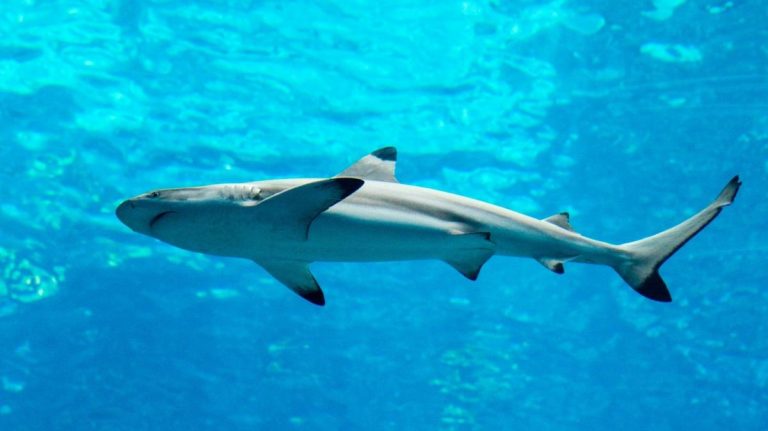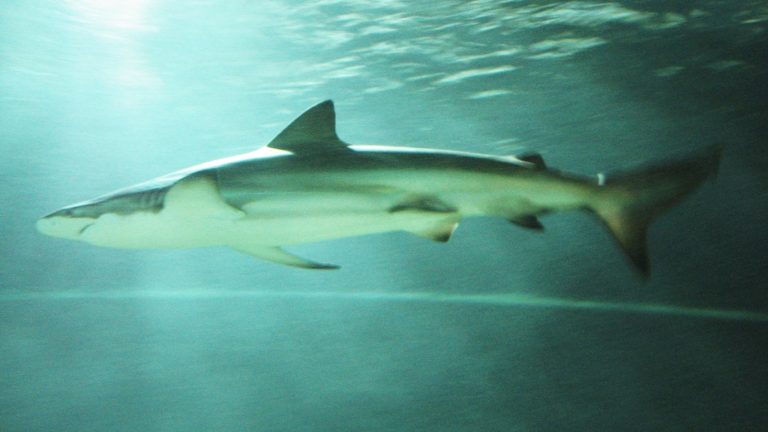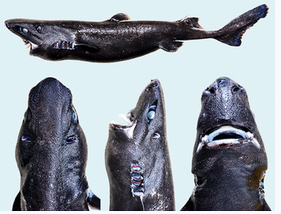Species Profile: The Zebra Shark
The Zebra Shark is distinctly beautiful and it’s one of the few sharks that can reproduce without mating.
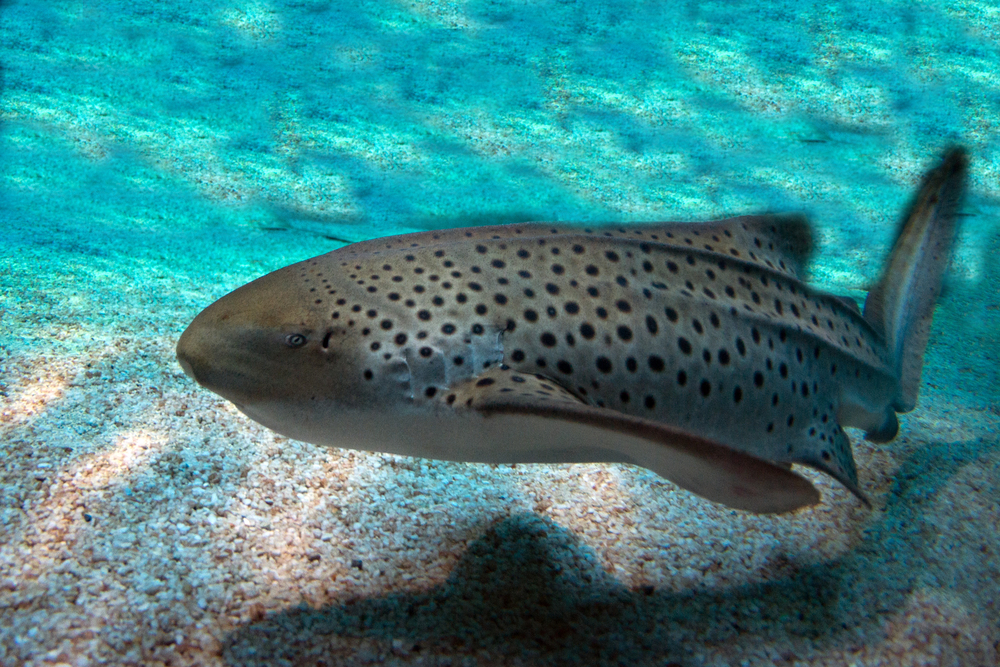
The Zebra Shark is a distinctly beautiful species of carpet shark and the only member of its family: Stegostomatidae. This shark swims throughout the tropical Indo-Pacific waters.
An adult zebra shark has five longitudinal ridges on a cylindrical-shaped body, a low caudal fin that’s almost half its total body length, and a pattern of dark spots on a pale skin.
Young zebra sharks are very different in appearance with light vertical stripes on brown skin. In fact, the name “Zebra shark” is from the juveniles of this species because of the zebra-like stripes on their bodies. These stripes fade away as the sharks grow older.
This species is nocturnal and spends most of the day lying motionless on the sea floor unless disturbed. They come up at night to hunt for prey like mollusks, crustaceans, small bony fish, and possibly sea snakes too. Zebra sharks are generally harmless to humans and they’re also a top choice for aquarium displays because they are hardy and do quite well even in captivity.
Since these sharks are relatively small compared to the larger shark species, they are at risk from other larger sharks like great whites, etc. Humans are also putting them under pressure through hunting them for their oily meat, and fins.
According to research conducted by the IUCN, the numbers of these animals are reducing and they are at a very high risk of becoming extinct. The present conservation status for the zebra shark is Endangered.
This species is often referred to as the leopard shark, though that name is more common for the species Triakis Semifasciata.
1) Scientific Name
Stegostoma Fasciatum
2) Scientific Classification:
- Kingdom: Animalia
- Phylum: Chordata
- Class: Chondrichthyes
- Order: Orectolobiformes
- Family: Stegostomatidae
- Genus: Stegostoma
3) Life Expectancy
Between 25 and 30 years in the wild.
4) Average/Maximum Length
They grow up to 2.5 meters (8.2 feet), though there are unconfirmed reports of one individual reaching 3.5 meters (11 feet).
Male and female of this species are not different in size.
5) Average/Maximum Weight
About 30 kilograms (66 lbs.)
6) Maximum Swimming Speed
Though their exact swimming speed is not documented, they are generally strong, agile swimmers. They swim in an eel-like motion.
7) Interaction With/Danger To Humans
This shark is generally considered harmless to humans. In some parts of the sea, they have gotten so used to humans that they will allow themselves to be petted by divers and swimmers.
If you walk in to many buildings today with large to medium sized aquariums, you may notice that many of them keep the zebra shark on display.
Humans also hunt them for their oil, meat, and fins.
There is only one reported case of an unprovoked attack from a zebra shark though the affected diver was not injured.
8) Reproduction Details

Courtship begins with the male following the female around and biting her pectoral fins and tail fiercely. Once she concedes to mating, both of them will lie still on the ocean floor for a while.
Zebra shark females are oviparous: they reproduce by laying sometimes up to 50 eggs capsules at a time. A fertilized female can continue laying eggs for almost three months before she is done.
These egg cases are dark brown to purple in color, with long, hair-like fibers along the sides that the female uses to secure the egg to objects on the sea floor.
Generally, the eggs should begin hatching anywhere from four to six months. Pups measure 20 to 36 cm (7.9 to14.2 inches) long and they have proportionately longer tails than their adult counterparts.
Males will reach sexual maturity at 1.5 to 1.8 meters (4.9 to 5.9 feet) long, and females at 1.7 meters (5.6 feet) long.
Female zebra sharks have been observed producing offspring without mating.
9) Diet/Hunting Pattern Of The Zebra Shark
The zebra shark eats mostly shelled mollusks, crustaceans, small bony fishes, and probably sea snakes as well. Because of their slender flexible bodies, they can chase after prey into narrow holes and crevices and enter tight corners to search for food.
Also, their small mouths and thickly muscled buccal (cheek) cavity means they can create a powerful suction force to suck up prey in the surrounding waters.
10) Alternative Names
- Leopard Shark (though this name is also commonly used for Triakis Semifasciata).
11) Population And Conservation Status
The zebra shark is often taken as bycatch by commercial fisheries across most of its territory. Especially because of bottom trawls, gillnets, and longlines.
The meat of this shark is said to be “delicious” and it’s sold fresh, or dried and salted for human consumption. In addition, it’s another target for the dreaded shark fin soup as its fins are used for preparing the delicacy. Also, its liver oil is used to manufacture vitamins, and its offal for making fishmeal.
Consequently, this species is vulnerable to localized depletion in areas where there is little to no control of fishing practices. The fact that they also frequent shallow waters adds to the problem. As a result, reports from many regions say that fishermen are not sighting this shark as commonly as before.
The zebra shark is under onslaught from human activities like degradation of coral reef habitats, dynamiting, and poisoning.
This species is assessed as Endangered worldwide by the IUCN (except for Australia where it’s listed as Least Concern).
12) Ancestry And History
Its scientific name is derived from the Greek words stego meaning “covered”, and stoma for “mouth”. Fasciatum means “banded”, and pertains to the striped pattern of juveniles of the species. As mentioned before, the juveniles are actually responsible for the term “Zebra Shark.”
Interestingly, juveniles are so different in appearance from adults that biologists classified them as different species for many years.
Morphological evidence places the zebra shark in the same clade with the whale shark, and nurse sharks. Though there appears to be a closer relationship to the whale shark.
13) Distribution And Habitat
Their native dwelling is in the tropical waters of the Indo-Pacific especially around coral reefs and sandy flats. Some of the countries where they are seen include South Africa, Madagascar, India, Indonesia, Japan, and northern Australia to mention a few.
Fishermen also see them in parts of the Indian Ocean and The Red Sea.
Wherever they dwell, they prefer shallow waters of depths of about 70 meters (230 feet).

